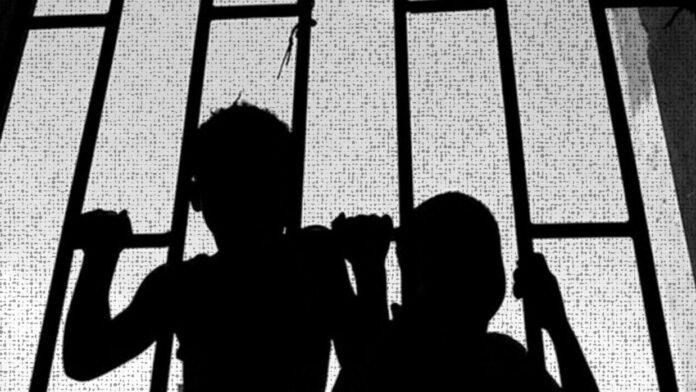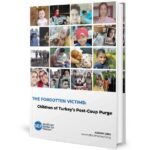The number of minors in Turkey who were suspected of committing a crime increased by 13 percent in 2024, according to newly released statistics from the Turkish Statistical Institute (TurkStat).
The report, published Friday, found that 202,785 minors were classified as “children dragged into crime,” a legal term used in Turkey to describe minors alleged to have committed criminal offenses. This figure is up from 178,834 cases in 2023.
Among the children suspected of crimes, the most common offenses included bodily harm (40.4 percent), theft (16.6 percent), drug-related violations (8.2 percent), issuing threats (4.6 percent) and endangerment of public safety (4.2 percent). The remaining share involved a range of less common offenses.
The gender disparity is stark: Of those suspected of committing crimes, 166,175 were boys and 36,610 were girls. Age-wise, the largest group was children aged 15 to 17, accounting for nearly 70 percent of suspected cases, with 122,779 boys and 22,912 girls in that category alone.
The data come from TurkStat’s annual bulletin titled “Children Brought to Security Units,” which tracks all minors who came into contact with law enforcement over the course of the year.
The total number of children in such interactions rose to 612,651 in 2024, an increase of 9.8 percent compared to the previous year. However, most of these cases did not involve criminal suspicion. Of the total, 279,620 children were listed as victims, while others were involved for reasons such as being listed as missing, giving statements or being processed in connection with non-criminal administrative matters.
The uptick in criminal activity among minors comes amid what child welfare advocates describe as a worsening crisis for Turkey’s youth. Analysts point to a combination of poverty, displacement, weak educational access and systemic shortcomings in child protection services.
In late 2024 inflation in Turkey remained high at approximately 47 percent, and unemployment among young people persisted in the double digits. A report by The Associated Press described the emergence of a “lost generation” of children, many of whom leave school early or never enroll at all, forced instead into informal labor to support their families. The report estimated that nearly one in three Turkish children lives in poverty, placing them at elevated risk of exploitation, school dropout or conflict with the law.
Academic research further links youth criminalization to life in Turkey’s informal urban neighborhoods often populated by low-income families or internal migrants. In these environments, children face heightened exposure to domestic violence, neglect and limited access to public services. Researchers note that early childhood trauma, coupled with persistent social exclusion, sharply increases the likelihood of contact with the justice system.
The structure of Turkey’s juvenile justice system has also come under scrutiny. Although reforms over the past two decades have sought to align Turkish law with international child rights standards, critics argue that the system still relies heavily on formal prosecution and detention. Cases often take up to two years to resolve, and few programs offer rehabilitation or diversion options for first-time offenders. As a result many children cycle through the system with little opportunity for reintegration or support.
While authorities have not commented directly on the 2024 increase, child rights organizations are calling for more investment in preventive social services, education access and early intervention. Experts stress that addressing the root causes of juvenile crime, economic vulnerability, social neglect and gaps in legal protection is key to reversing the trend.
The TurkStat report is considered the most comprehensive government source on juvenile interaction with security forces in Turkey. Although the designation “suspected of crime” does not imply guilt, the rising numbers reflect mounting pressure on children already at the margins of society.















